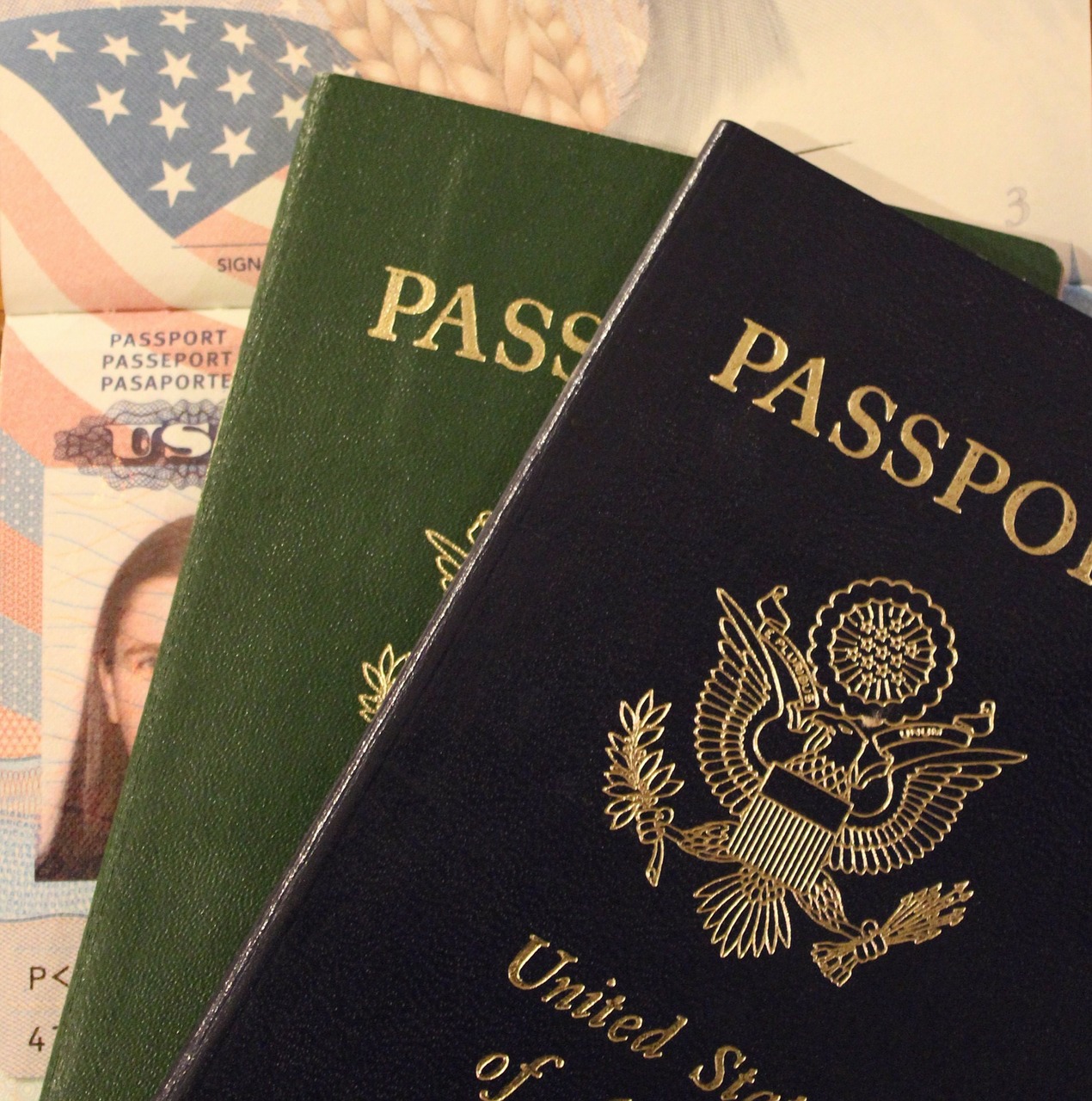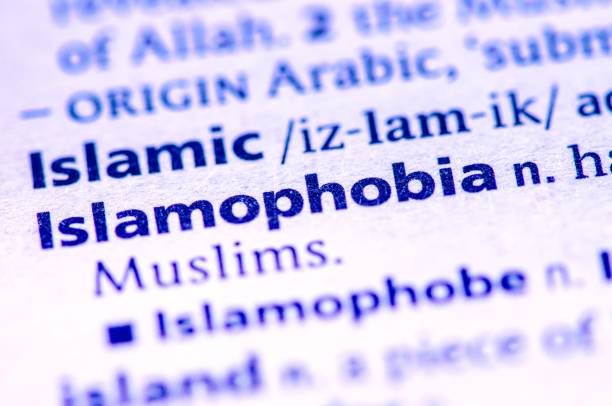Over the past decade, many Americans have based their thoughts and feelings about Islam in large part on a single place: the blasted patch of ground where the World Trade Center once stood. But a rival space has slowly and silently taken shape over those same years, about six miles to the north. It is a vast, palacelike suite of rooms on the second floor of the Metropolitan Museum of Art, where some of the world’s most precious Islamic artifacts sit sequestered behind locked doors.
When the Met’s Islamic galleries first opened in 1975, they were presented as a cultural monolith, where nations and cultures were subsumed under one broad banner, as if Islam were another planet. Haidar and her colleagues have tried to emphasize the diversity of Islamic cultures across time and space. One result of that altered emphasis was the gallery’s new name. The “Islamic Wing” is gone, replaced by the “Galleries for the Art of the Arab Lands, Turkey, Iran, Central Asia and Later South Asia.” It is a mouthful, but it makes a point.






